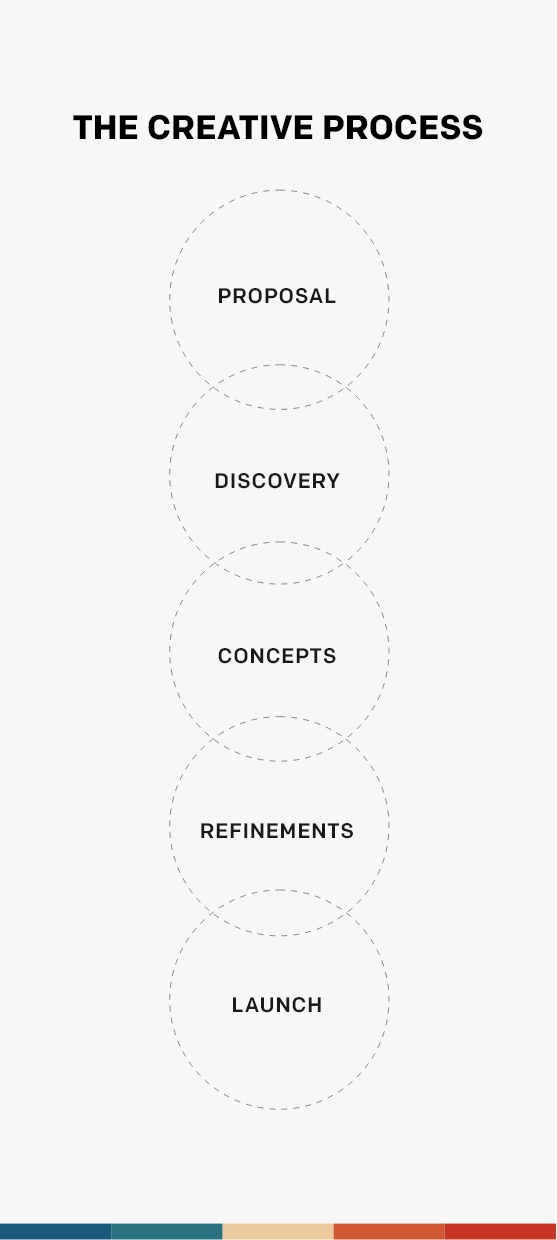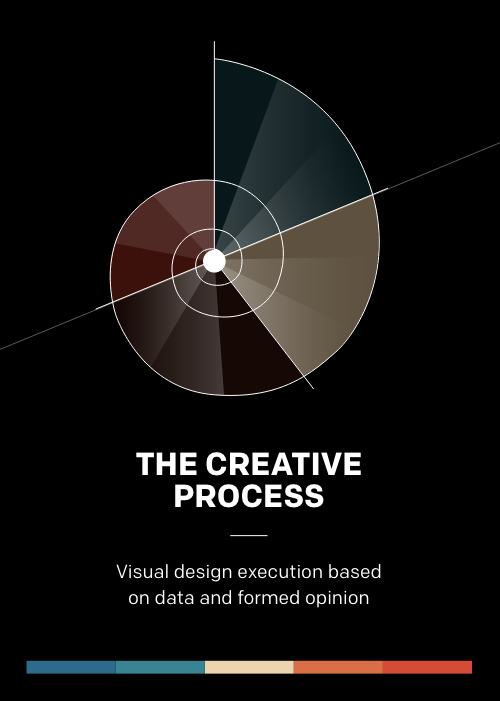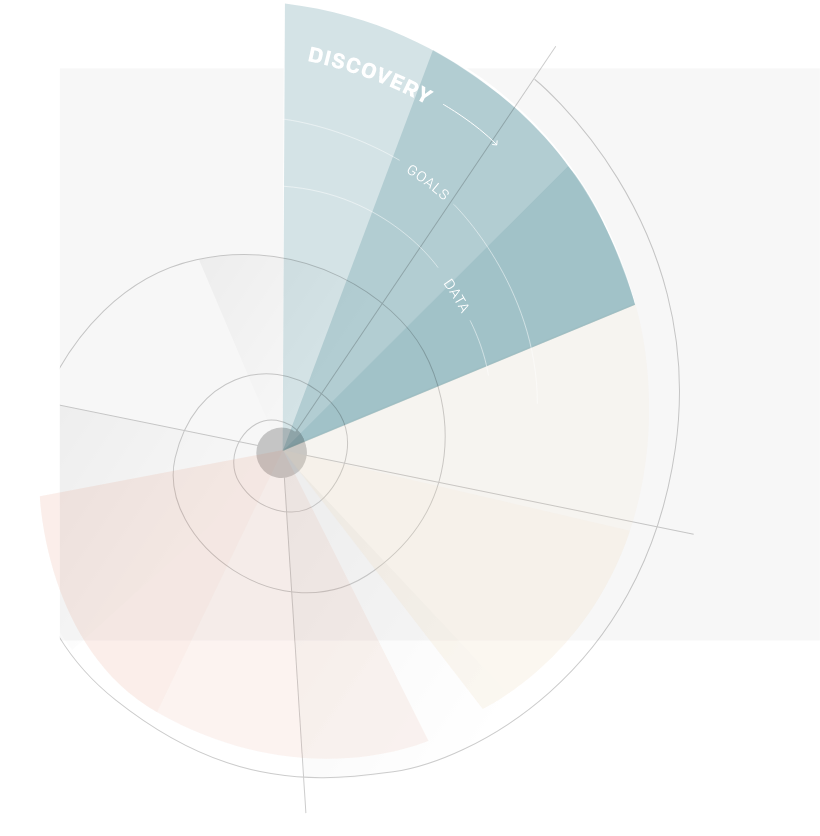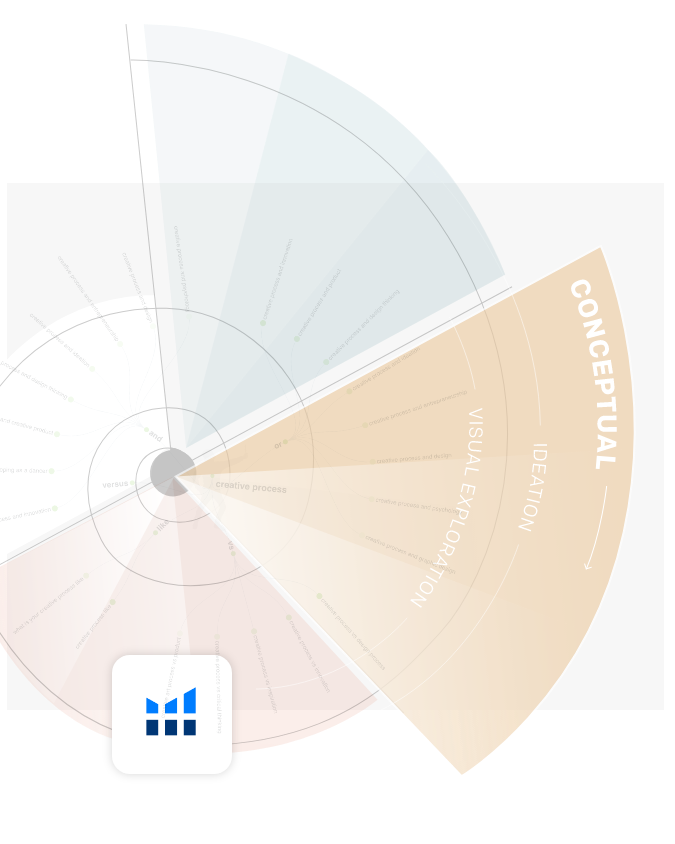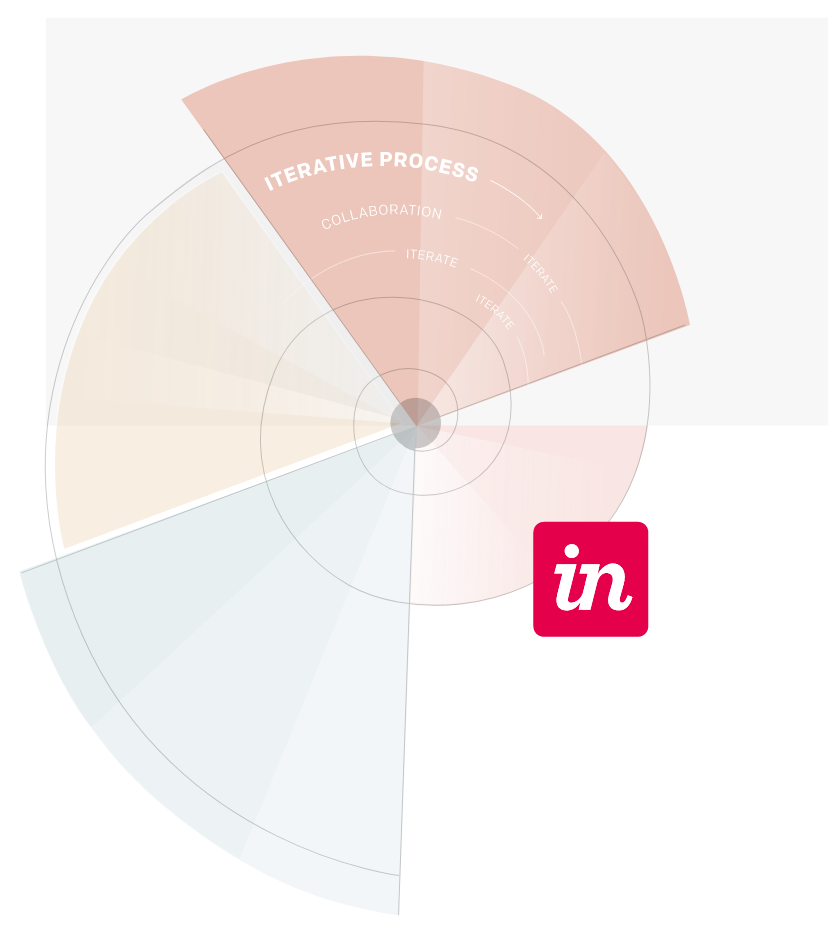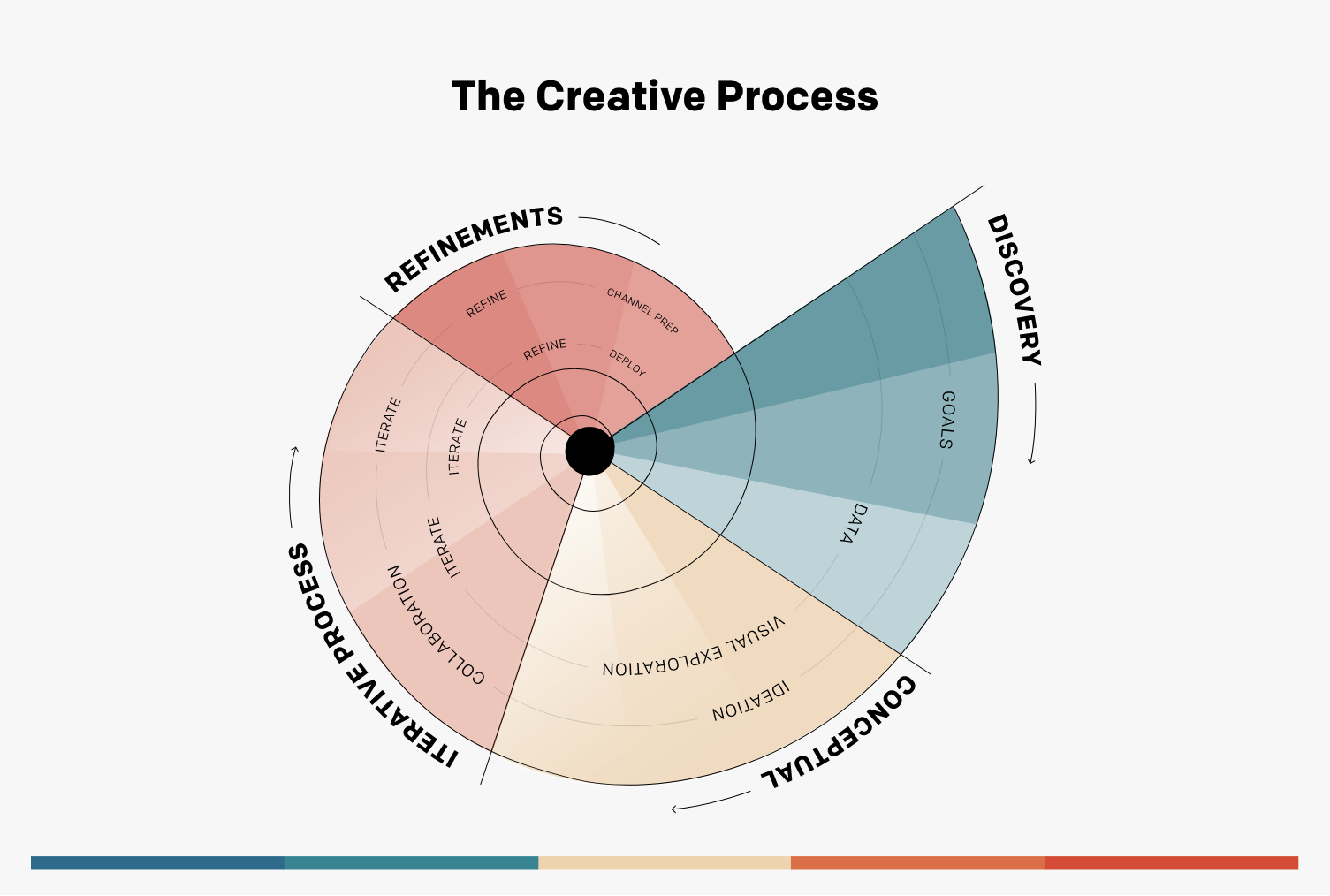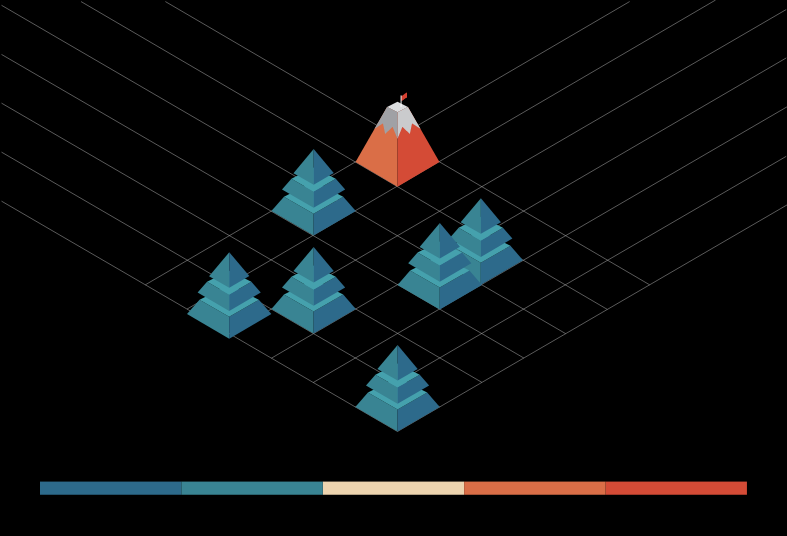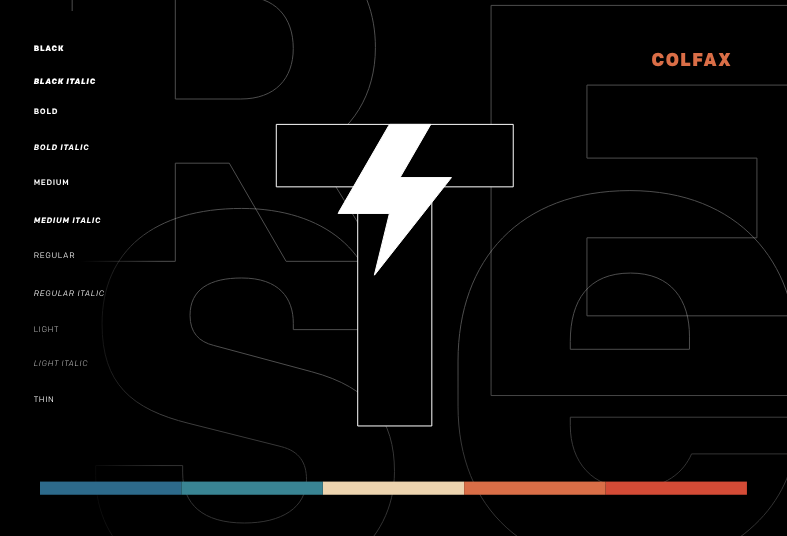Brainstorming Conceptual Ideas – this step is the fun one. It also brings on the pressure for some. Schedule brainstorming sessions that are stress free, with good food, and little distractions. Make a night out of it. Always start at the baseline that no idea is wrong. Post-It notes should be flying around and grouped. Integrate white boards and thumbnail sketches as you go. Thumbnails are small illustrations that display proof of concept, and you should not leave the brainstorm session without them or you may end up down a rabbit hole of wasted man hours. I’ve seen too many good ideas die due to execution struggle.
The beauty of thumbnails that no one acknowledges, is that it flushes out all of the obvious creative solutions from the start. The obvious solutions are roadblocks and do not serve the creative journey. Nevertheless, they’re part of the creative process and it’s beneficial to accept it and get them out of the way early. They are a repeat of what you’ve witnessed at market and have been known to haunt projects downstream if not addressed early.
Generating creative thinking – strength in numbers provides the ping-pong effect. Most of the great concepts that I have had the privilege of being a part of are a series of ping-pong narratives that build and stack on one another. As the saying goes, it takes two to tango.
If you don’t have the honor of a partner in crime, here are a few tried and true tactics to generate creative thinking when you’re alone.
- Word trees help get the ball rolling.
- Work the problem backwards.
- Physical motion helps with stimulus.
- Google the term SCAMPER.
- Break your patterns, make a conscious effort to think differently.
- Personally, I like physical exercise. I mow the lawn or hit a trail when I am mind mapping design solutions.
- Focus groups and networking.
One thing to note, if you run this exercise process alone, the chances of the obvious solutions coming back to bite you are much higher. The benefit of a team is the ability to bounce ideas and talk through them. Plus, unified opinions are the strongest. If alone, find someone whose opinion you highly respect. Use them as a soundboard, this could save you some embarrassment down the road. You never know what fresh perspective they may bring.
Using Data for Informed Decisions – Clients, partners, and even fellow designers often ask, how exactly do you use data for design decisions? In response, data and digital tools are everywhere, you just need a little perspective. You’ll also need to know where to look, and what you’re looking for. Here’s a breakdown of some proven resources used in my creative process.
Helium 10 – I love the tool Helium 10. It’s the ultimate for product and category research, easily combing through thousands of reviews and user metrics to expose gaps and opportunity. It’s the digital equivalent to the old approach of camping out at a retail store and conducting field research and comparison, just like the Method Soaps story above, only the digital approach.
For instance, if all hand soap companies on Amazon dropped the ball and did not offer a mint scented sku, this tool would identify that and much more. It would also identify within the reviews that the demand for mint soap is high, which results in category opportunity.
Crowd Spring – This tool crowdspring.com is great if you are running the design process solo, and it’s free. The concept is simple, let's say we are working on a logo project, you can upload logo concepts with a brief description and simply put it to a vote. The voters chime in, and offer feedback to support their decisions. This allows you to pick the best design with confidence before ever meeting with the client or stakeholders. Let’s face it, none of us have all of the answers in this subjective industry, and this tool really allows you to step out of your own shoes.
Slite - Creating the ideal customer persona is a helpful step in the process, and Slite.com is an easy tool for this. When starting this portion these are simple questions to address regarding the target demographic: Who exactly is your target demographic? Where and how do they shop? What is their preferred form of communication? What is their level of technical comfort? What value proposition speaks to them? Once you identify the ideal buyer or buyers, ensure you have provided the necessary segments to capture all your potential targeted audiences. For example, if you can identify that some buyers are more drawn through social media and others through email marketing, you can better identify the necessary strategy to communicate with your audience.
Answer the Public - What is our demo searching for? There are a few ways of going about gathering this information, but the hands down best is answerthepublic.com. This is the closest thing available to reading your demo’s mind. The tool is simple, you enter your keyword or search phrase and it will generate a diagram of related searches and questions to the query. For the moment it’s free. I don’t imagine it staying this way very long. Shown, is an example of the data visualization this tool provides.
